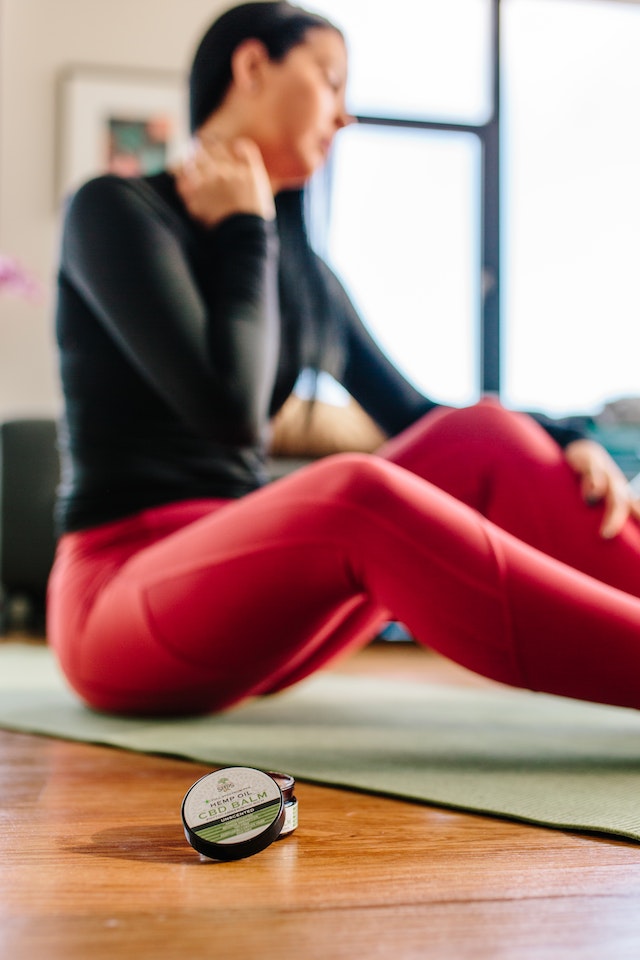The saying “no pain, no gain” has long been associated with the idea that pushing through physical discomfort is necessary for progress in exercise and fitness. However, recent scientific research suggests that regular exercise may not only improve physical fitness but also enhance your ability to handle discomfort more effectively. Let’s explore how exercise can help you better tolerate and manage pain.
1. Increased Pain Threshold: Regular exercise has been found to raise the pain threshold, which is the point at which you start feeling pain. By engaging in physical activity, such as cardiovascular exercises or strength training, your body becomes accustomed to moderate levels of discomfort, leading to a higher pain threshold over time. This means you may be able to endure more intense physical sensations before perceiving them as painful.
2. Endogenous Pain Modulation: Exercise stimulates the release of endorphins, which are natural pain-relieving chemicals produced by the body. Endorphins act on the same receptors as opioid pain medications, providing a similar analgesic effect. These endogenous pain modulators not only help alleviate pain but also promote a sense of well-being and euphoria, commonly referred to as the “runner’s high.” By activating the body’s natural pain management system through exercise, you can experience a reduced perception of discomfort.
3. Improved Pain Coping Mechanisms: Regular exercise can also enhance your ability to cope with pain through psychological and behavioral mechanisms. Engaging in physical activity can serve as a distraction from pain, shifting your focus away from discomfort and redirecting it towards the activity at hand. Additionally, exercise can promote feelings of empowerment, self-efficacy, and control over your body, which can positively influence your pain perception and coping strategies.
4. Enhanced Resilience and Adaptability: Exercise challenges your body and pushes you beyond your comfort zone, promoting physiological adaptations that improve your overall resilience. By consistently exposing yourself to controlled discomfort during workouts, you train your body to become more resilient and adaptable to various stressors, including pain. This increased resilience can extend beyond the exercise setting and translate into better pain management in daily life.
5. Neuroplasticity and Central Sensitization: Regular exercise has been shown to induce neuroplastic changes in the brain, particularly in areas involved in pain processing. These changes can lead to a phenomenon known as central sensitization, where the nervous system becomes more efficient at transmitting pain signals. However, in the context of regular exercise, this adaptation can actually work in your favor. With repeated exposure to controlled discomfort, your brain becomes better equipped to modulate and regulate pain signals, resulting in a more efficient and balanced pain response.
It’s important to note that while exercise can be beneficial for pain management, it’s essential to listen to your body and exercise within your limits. Pushing yourself too hard or engaging in activities that exacerbate pain or cause injury can have negative consequences. If you have existing health conditions or chronic pain, it’s advisable to consult with a healthcare professional or a qualified exercise specialist to design an exercise program that suits your specific needs and abilities.
In conclusion, regular exercise can have a profound impact on your pain tolerance and management. By raising your pain threshold, stimulating endogenous pain modulation, improving coping mechanisms, enhancing resilience, and influencing neuroplasticity, exercise equips you with the tools to handle discomfort more effectively. So, lace up your sneakers, incorporate physical activity into your routine, and discover how exercise can help you better navigate the balance between pushing yourself and listening to your body. Remember, the goal is not to push through debilitating pain but rather to optimize your ability to handle and manage discomfort in a healthy and sustainable way.




